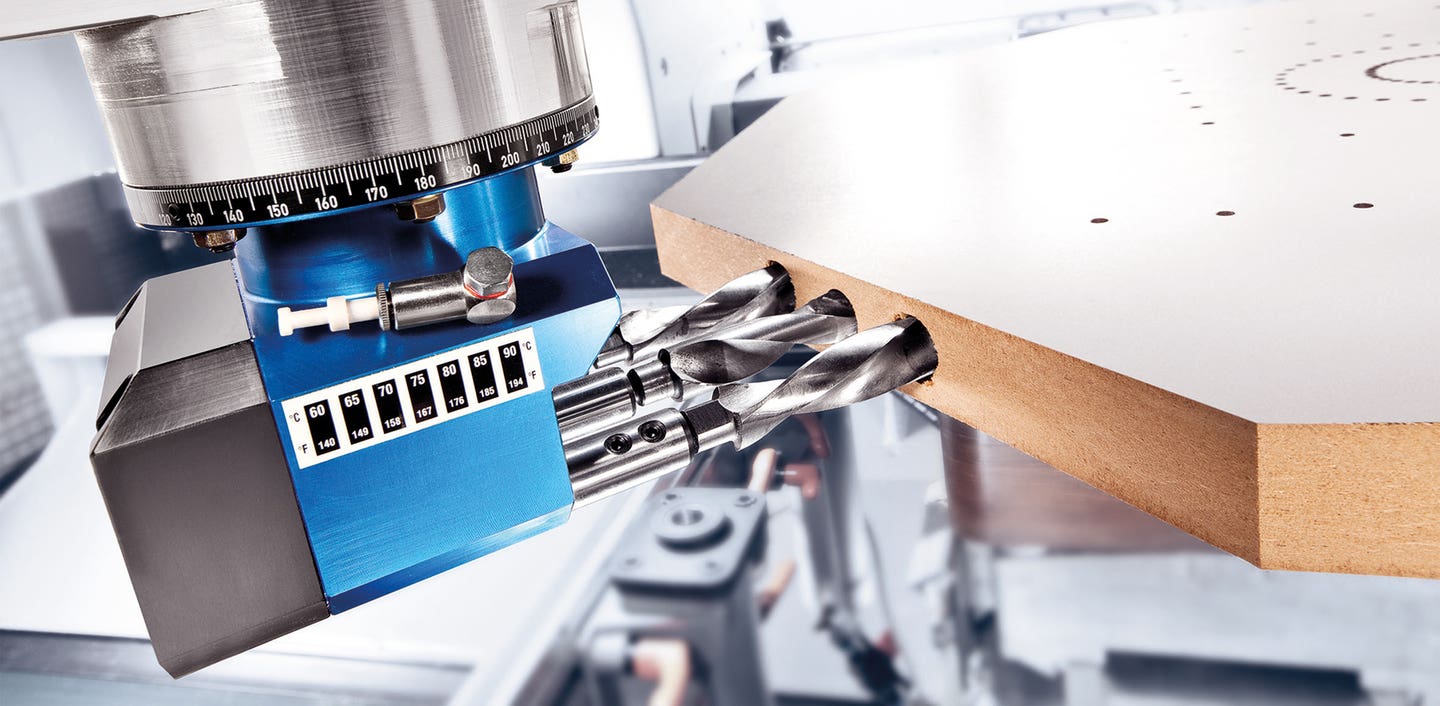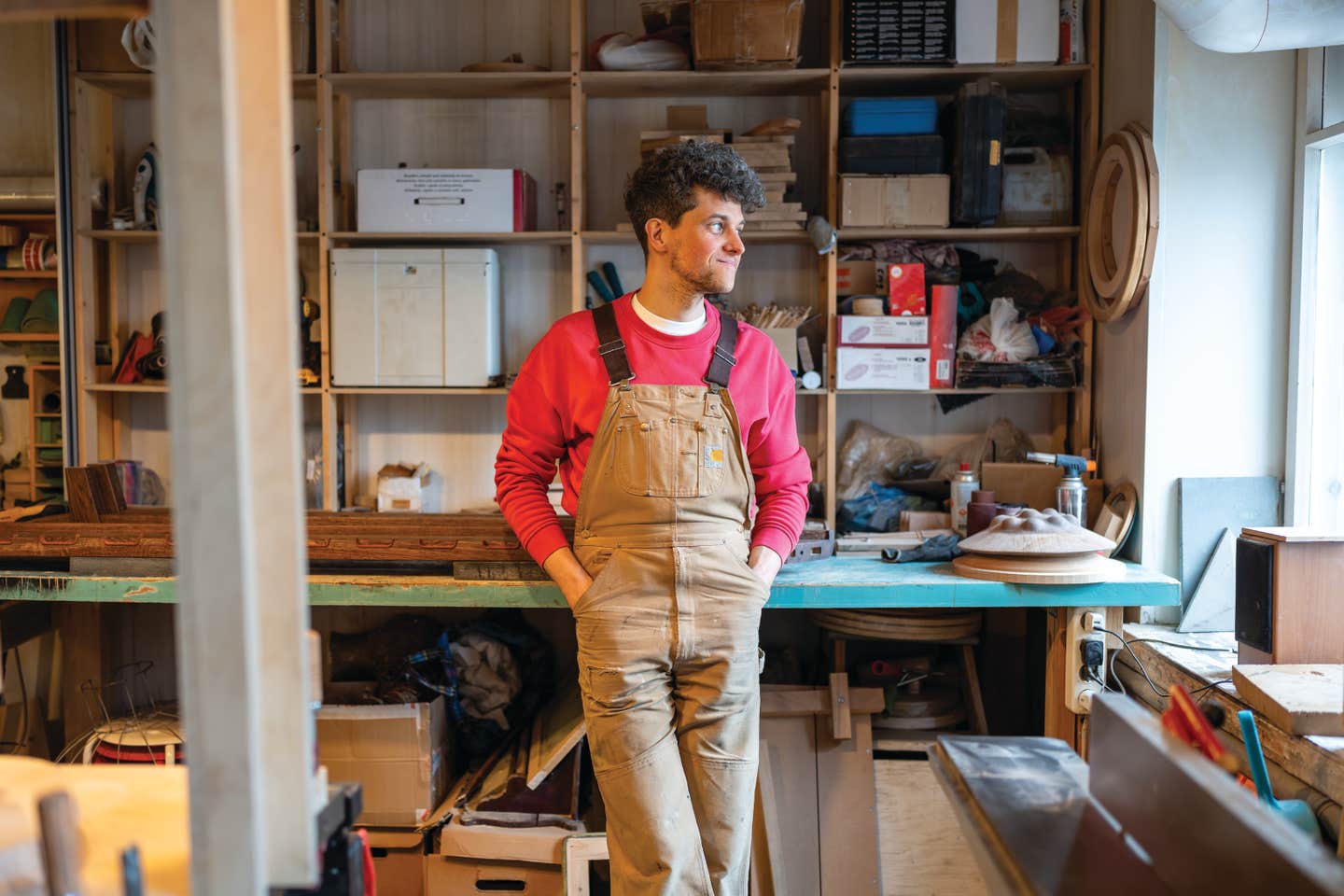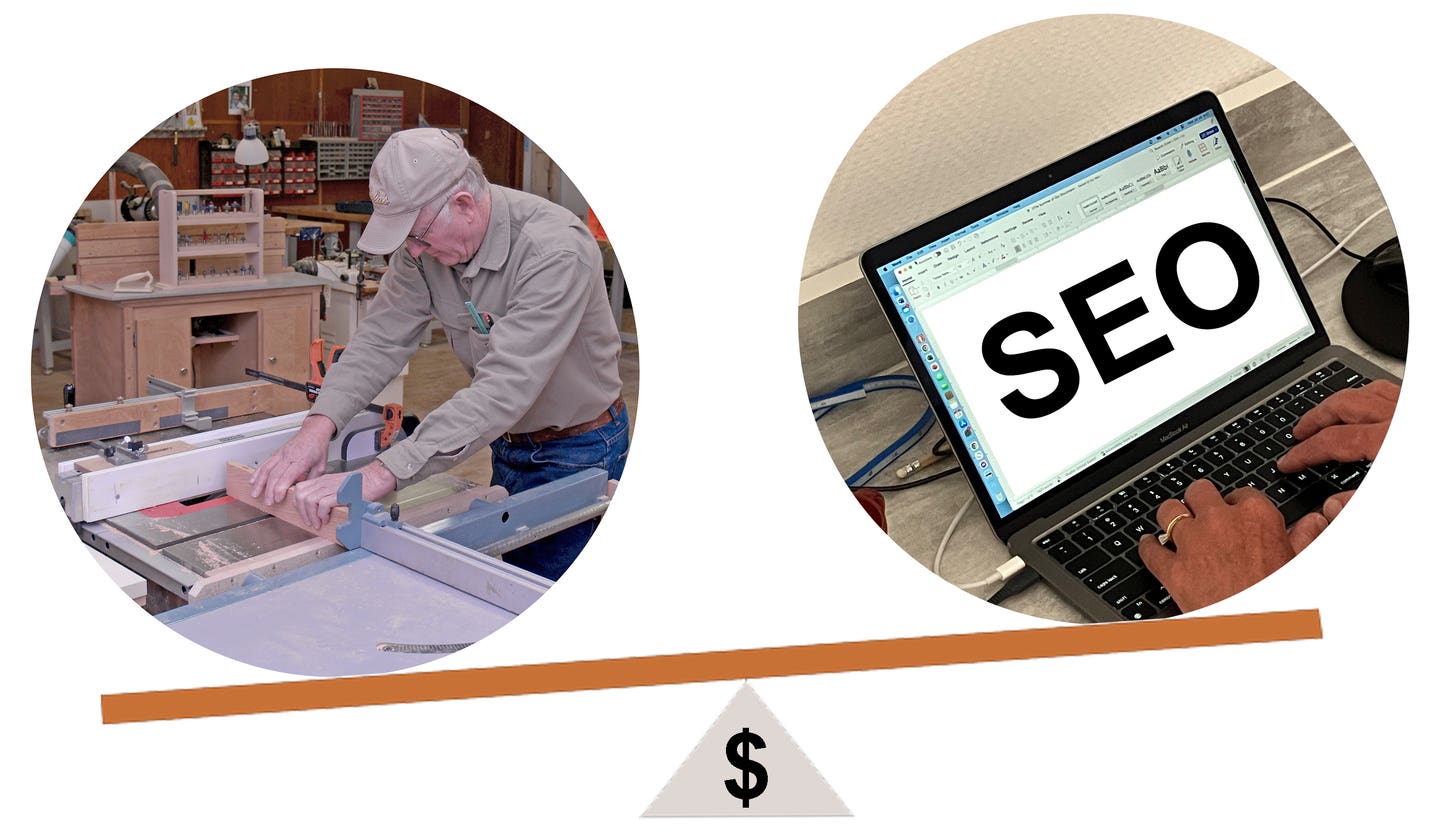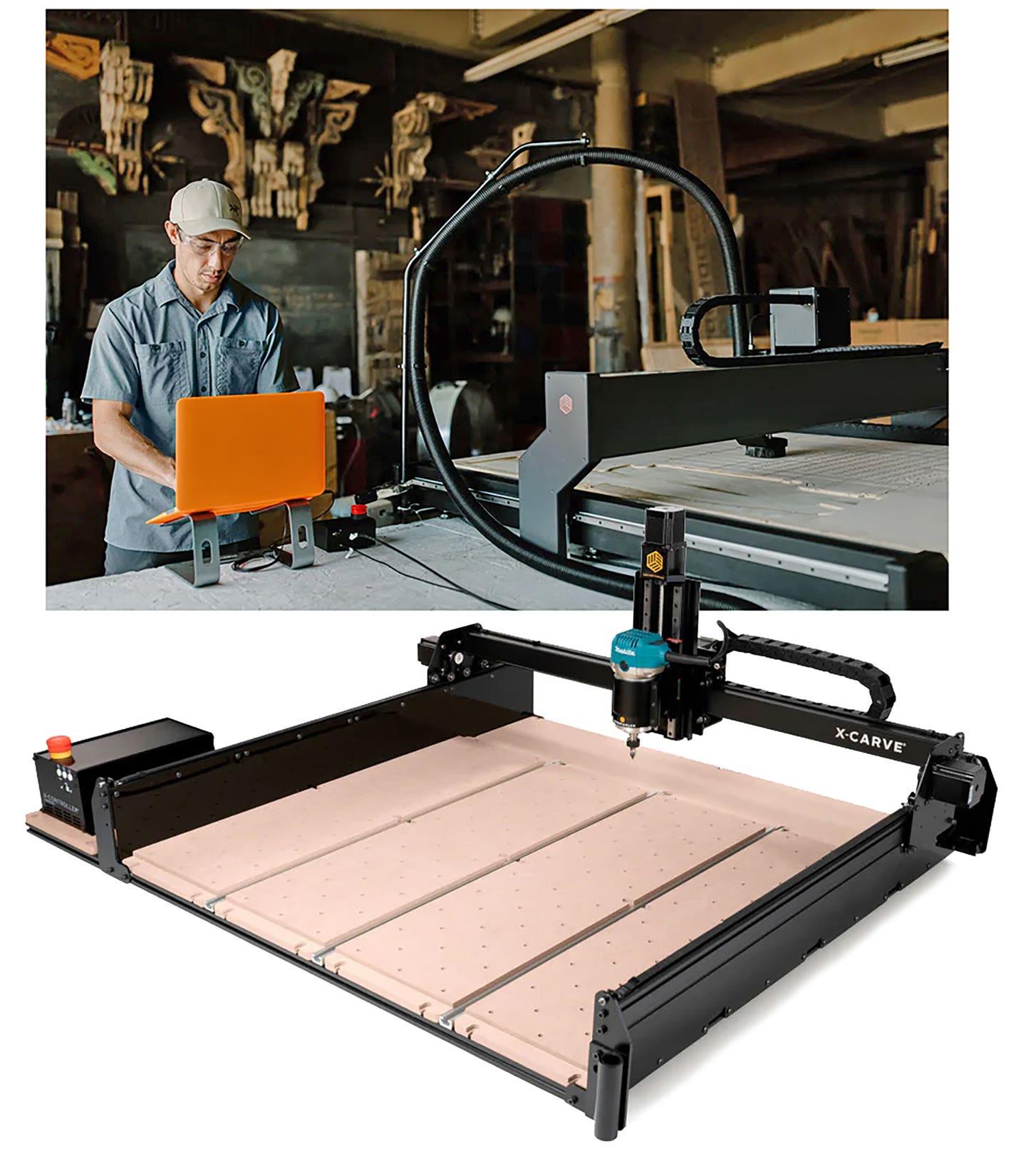Time is on your side
A few years ago, Stephen Kearns’ employees would spend half a day setting up a shaper and then manually cutting and shaping a run of boards. That’s not the case…
A few years ago, Stephen Kearns’ employees would spend half a day setting up a shaper and then manually cutting and shaping a run of boards.
That’s not the case anymore thanks to Kearns’ big investment in CNC equipment, routers and other machinery that use sophisticated computer programs to automatically cut, shape and fashion wood.
One of his CNC machines rendered not only his two shapers obsolete, but seven other pieces of equipment as well, says Kearns, owner of Architectural Openings in Somerville, Mass., which specializes in high-end doors and windows. What once took hours now takes minutes.
Yes, the investment was huge — Kearns estimated about $700,000 to $750,000 for one machine with accompanying software and tooling — and the learning curve steep, but buying CNC equipment was well worth it, he says.
“I wish I had embraced some of the technology five or six years earlier,” Kearns says. “It’s just spectacular what it does.”
CNC is not new. During the last decade, computer-driven machines that combine and automate the work of manual equipment have taken the tool-and-die, manufacturing and other industries by storm.
But the woodworking business has been slower to adopt CNC technology, says David Grulke, executive director of the Cabinet Makers Association. Facing a massive outlay for equipment, software and training, many of the smaller mom-and-pop shops that dominate the industry have been reluctant to take the CNC plunge, Grulke says.
The next logical step
CMA’s recently released 2013 Cabinet Industry Benchmark Study confirms that. A majority of the 500-plus respondents — 51.6 percent — have no CNC capability.
The survey, however, also showed that virtually all shops with CNC machinery like it. Plus, 84 percent said CNC made their businesses much more or a little more profitable. Even shops reporting problems adapting to CNC expressed no regret at buying the machinery, according to the survey.
None of this surprises Grulke, who said that the penetration of CNC into the woodworking industry is accelerating. Its long-term benefits are simply too large to ignore, he says. They include greater speed and accuracy as well as lower labor costs through a smaller and often less skilled workforce, he says.
“All the guys who have bought machines are glad they did,” Grulke says. “More are looking to switch. Over time, the efficiencies are going to exceed the costs.”
Grulke added that with most design work now done on computers, CNC is the next logical step.
“It only makes sense to make that next link and cut what you’ve designed,” he says.
Technology to the rescue
Greg Sexton, owner of SNX Technologies of Sauk Rapids, Minn., which imports CNC woodworking equipment, sees fast growth ahead in the woodworking industry. He estimated that only about 20 percent of smaller shops, which make up about 75 percent of the industry, have CNC equipment. With prices falling to $100,000 or less, CNC is increasingly affordable for those smaller businesses, he says.
“It’s going to become bigger and bigger in my mind,” Sexton says. “There’s definitely room for growth. Coming out of five years of a terrible economy for these cabinet shops, what they are looking to add is technology, not people. It’s easier to downsize technology than people.”
The increase in productivity and accuracy makes CNC indispensible to stay competitive, Sexton says.
“The quality end of the product is far superior,” he says. “There’s a 30 percent savings in assembly because these cabinets are absolutely perfect.”
You don’t have to sell Anna Maria Vona, co-owner of Carmana Designs of Philadelphia, Pa., on the benefits of CNC. “A sea change” is how she describes the effect on their business of the CNC router that she and her husband Carmen Vona purchased in 2007.
“It’s had a phenomenal impact,” says Anna Maria Vona, whose company specializes in custom kitchen cabinetry and also does contract work for several large retailers. “It’s faster, more efficient and more precise. You hire less people. It was the right thing to do.”
The learning curve
But the transition wasn’t easy or cheap, she adds. First, there was the upwards of $150,000 cost of the Techno CNC router, which the company is buying through a lease-purchase agreement, and followed by another $30,000 for software, she says. Then there were soft costs ranging from having to crane the machine into their shop to training her husband to operate it, Vona says.
“It was five steps back to go 20 steps forward,” she says. “It was a huge learning curve. But in the long run, it streamlines your business. It makes everything foolproof.”
Kearns agreed that mastering the new technology takes time, patience and perseverance. He warned shop owners to beware of salespeople who make the transition sound easy. He advises buyers to do their homework when choosing a CNC and its accompanying software, being sure to choose a versatile and safe machine.
“It takes a year no matter what anyone tells you, come hell or high water, to learn to make it work,” Kearns says. “The first year, you just fumble.”
A key to making the investment pay off is using the machine as much as possible, Vona says. CNC also means less waste, she says.
“It’s like making Christmas cookies and you’re rolling out the dough,” she says. “By the time you’re done, you have little slivers of scrap.”
Patrick Leet, owner of E Leet Woodworking, LLC in Plainwell, Mich., called his jump into CNC “a huge leap of faith.” Like Kearns and Vona, he found the transition challenging. But eight or nine years after buying his first CNC machine, Leet is sure it was the right move.
“It’s opened us up to a more diverse set of offerings,” he says. “There’s certain work that it’s enabled us to do that we couldn’t do previously. It made us much more diversified. It was definitely the right decision.”
CNC’s versatility helped Leet weather the tsunami that hit cabinetmakers like him after 2008 when the bottom fell out of the housing market. The technology allowed him to shift to other types of contract work and avoid layoffs at his eight-person shop, he says.
“I was able to bring in some of that work and it filled in the blanks,” Leet says.
Leet agreed with Kearns that buying the right system is key to making CNC work. A bad purchase can sink a shop, he says.
“I know a lot of guys who bought machines and couldn’t get it clicking,” Leet says. “When you’re talking about that kind of investment, it can be really rough for a company to get into.”
Investing in the future
Leet and Kearns marveled at the accuracy and versatility of their CNC machines. They can cut other materials like Plexiglas and laminate. Unusual shapes and forms, curve work and multiple planes become a breeze. Drilling at odd angles is as easy as a keystroke. The machines are safer. And everything fits.
“Segmented product that has to be cut at 11 degrees and 31 seconds, you can cut exactly at 11 degrees and 31 seconds,” Kearns says. “There’s no eyeballing any more.”
That accuracy and speed, however, have a downside: They multiply and magnify any error, Vona says. Her husband, who does the programming, always checks his work three or four times before turning on the machine.
“If you make a mistake, you’re screwed,” she says. “That’s the only bad thing.”
Finding qualified workers can also be a challenge, Leet says. Employees with the higher math and computer skills needed to program and operate CNC machines can be hard to find, he says.
“There’s just less and less people that can do that caliber of work,” Leet says. “It’s a problem.”
In spite of its challenges, Kearns urges woodshops to take the CNC route. The rest of the world is embracing more expensive technology and Americans must do the same, he says.
“We need to get more sophisticated here in our manufacturing in the United States,” Kearns says. “I sympathize with those who say they don’t have the money. But if we want to stay competitive, we need to invest in our infrastructure.”
This article originally appeared in the October 2013 issue.







